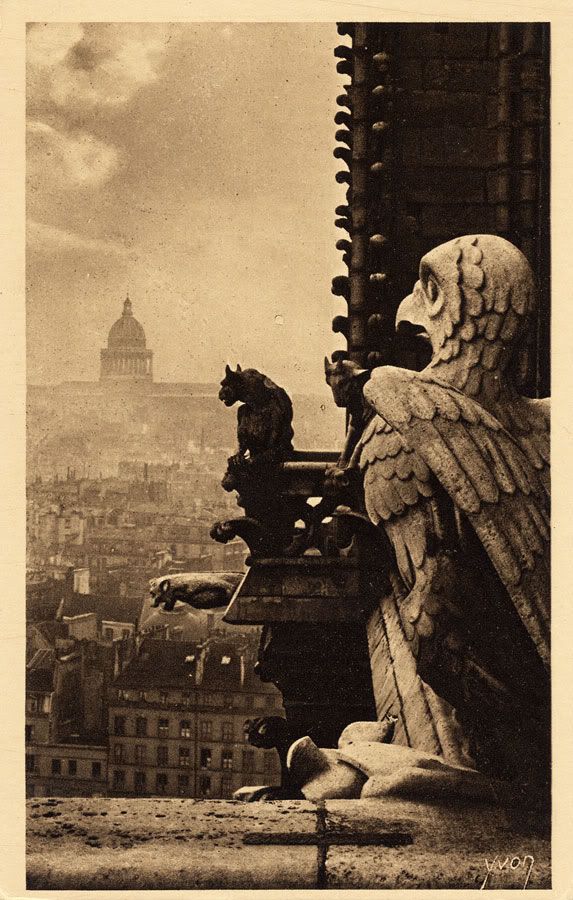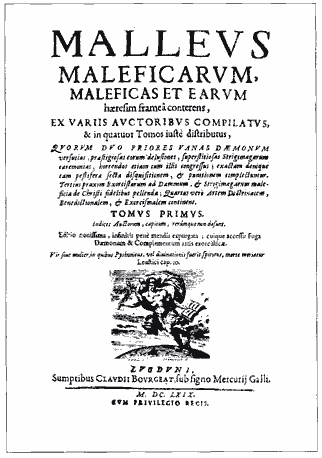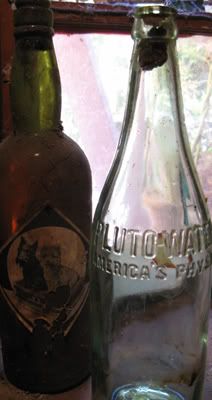
The Rollright Stones are a complex of megalithic oolitic limestone monuments near the villages of Long Compton, Great Rollright and Little Rollright in England, lying across the present county border between the counties of Oxfordshire and Warwickshire (grid reference SP2930). The complex consists of three separate sites: The King's Men, The King's Stone and The Whispering Knights. According to local folklore the stones are the petrified remains of a king and his knights, however, each set of stones has been found to date from a different period. the name is thought to derive from “Hrolla-landriht” meaning the land of Hrolla.
The King's Men dates to around 2500-2000 BC and consists of 77 closely-spaced stones forming a stone circle 33 metres in diameter. The stones are set on top of a circular bank with an entrance to the southeast marked by two portal stones. There were originally as many as 105 stones but many have been removed. Approximately a third of the stones were put back in place when the momument was restored in 1882
The King Stone is a single, weathered monolith, 2.4 metres high by 1.5 metres wide, standing 76 metres east of the King's Men. The stone was erected between 1800-1500 BC and is believed to have been a marker stone for an early Bronze Age cemetery.

The Whispering Knights date to around 4000 - 3500 BC and are the remains of the burial chamber of an early or middle Neolithic portal dolmen lying 400 metres east of the King's Men. Four standing stones survive, forming a chamber about 2 square metres in area around a fifth recumbent stone, probably the collapsed roof capstone. In 1764, William Stukeley visited the site and saw the remains of a round barrow, now ploughed or eroded away.
Numerous folktales are associated with the stones, including the tale that a king was riding across the county with his army when he was accosted by a local witch called Mother Shipton. who said to him:
"Seven long strides thou shalt take, And if Long Compton thou canst see, King of England thou shalt be!"
His troops gathered in a circle to discuss the challenge and his knights muttered amongst themselves– but the king boldy took seven steps forward. Rising ground blocked his view of Long Compton in the valley and the witch cackled:
"As Long Compton thou canst not see, King of England thou shalt not be! Rise up stick and stand still stone, For King of England thou shalt be none; Thou and thy men hoar stones shall be, And I myself an elder tree!"
The king became the solitary King Stone, while nearby his soldiers formed a cromlech, or circle, called the King's Men. As the witch prepared to turn herself into an elder tree, she backtracked into four of the king's knights, who had lagged behind and were whispering plots against the king. She turned them to stone as well, and today they are called the Whispering Knights.
Legend holds that at midnight, the stones come alive and return the king and his men back to flesh and bone that they can dance. Anyone who gazes upon their midnight glee either turns to stone or dies.
According to 18th century lore, village maids would sneak out to the Whispering Knights on Midsummer's Eve and listen carefully, hoping to be whispered their future and fate.
It is said that you cannot accurately count the stones and a different tally will result each time an attempt is made.
The Kingstone was fenced off between the two World wars as conscripted troops would chip a slice of stone away to carry with them. Legend has it that this gives protection in battle.
It is considered unlucky to touch the King's men.




















































